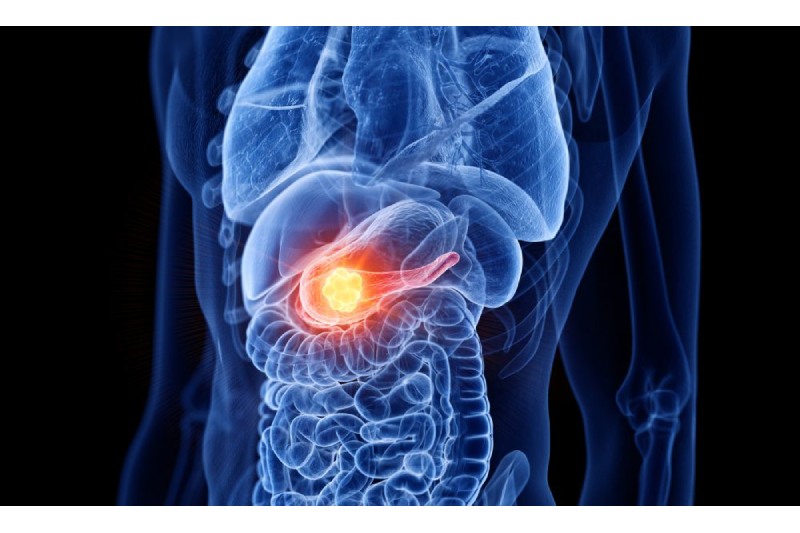The pancreas has been successfully imaged in microscopic resolution by researchers at Umeå University. Their data offers a partly new view of the pancreas by labeling different cell types with antibodies and then studying the entire organ using optical 3D imaging techniques.
The findings could have a significant impact on diabetes research, particularly when creating novel treatment approaches. Nature Communications published the study.
Over half a billion individuals worldwide suffer from diabetes, a condition that is mostly dependent on the pancreas. It is home to millions of tiny cell clusters known as islets of Langerhans, which control the body’s blood sugar levels.
The beta- and alpha-cells found in the islets are primarily responsible for producing the hormones glucagon and insulin, respectively. Insulin is released into the bloodstream and functions similarly to a key, allowing the body’s cells to absorb glucose (sugar), which is the body’s primary energy source, following a meal. When our body need glucose for energy, glucagon releases glucose storage. Additionally, these two cell types speak with one another directly to maintain the ideal level of glucose in the body.
“Both insulin and glucagon cells were discovered over a hundred years ago, and it has long been believed that the islets should contain both cell types to form a fully functioning unit,” explains Ulf Ahlgren, professor at the Department of Medical and Translational Biology.
Historically, it has been very challenging to investigate the islets of Langerhans directly within the pancreas because, despite their vast number, they comprise only a small portion of the organ. Most of the time, scientists have been forced to examine tissue sections that only offer a 2D picture of a very tiny portion of the organ. Researchers from Umeå have now employed optical 3D methods that allow for the marking of various cell types with fluorescently colored antibodies.
By dividing the entire organ into smaller parts, we enable the antibodies to get where they need to go. Since we know where each piece comes from, we can then, after scanning the different parts individually, ‘reassemble’ the entire pancreas again using computer software. This allows us to perform a plethora of calculations and study which cell-types are present, as well as where they are located in 3D space, as we know the 3D coordinates, their volume, shape and other parameters for each and every stained object in the entire organ,” adds Ahlgren.
The researchers now demonstrate that glucagon-producing cells are absent from as many as 50% of the islets of Langerhans that do contain insulin cells, in addition to fresh information on the distribution of insulin-producing cells in the pancreas. This is in contrast to earlier theories, which held that an islet might have cell types that express both glucagon and insulin.
“This was a surprise to us, and I believe that these results may be of great importance for diabetes research. First, it shows that the islets have a much more uneven composition, or cellularity, than previously thought. This could mean that islets of different composition might be specifically specialized to respond to different signals and/or operate in different metabolic environments. Of course, we really want to find this out,” adds Ahlgren.
“Second, a great deal of research in the diabetes field is carried out on isolated islets of Langerhans from deceased donors. Since we also show that this uneven composition is largely linked to islet size, it means that results from such experiments may not fully reflect how the islets are structured and function in the living pancreas. This could potentially be important for everything from islet transplants in type 1 diabetes to studies trying to produce islets of Langerhans from stem cells.”
Foundation for Upcoming Research
Now, the study team will keep working to see if their techniques can be applied to ascertain whether additional pancreatic cell types also play a role in the creation of the islets in a way that has not yet been identified. They will also investigate whether it is similar in mouse models, which may have implications for using mice in preclinical diabetes studies.
“The methods and data we are now publishing will be able to form an important basis for future studies of human material in order to better understand what happens in the pancreas in the development of type 1 and type 2 diabetes, but also for diseases such as pancreatic cancer,” Ahlgren adds.
